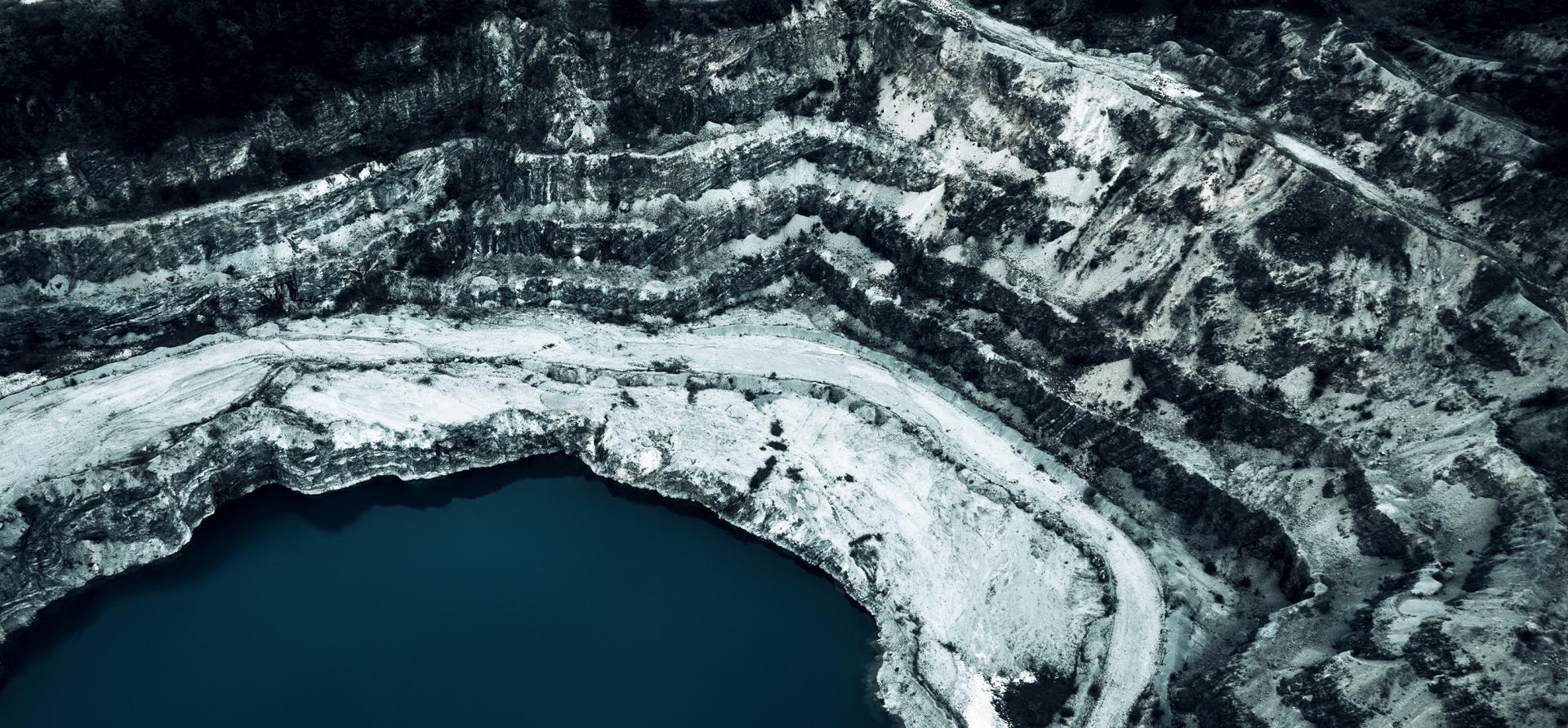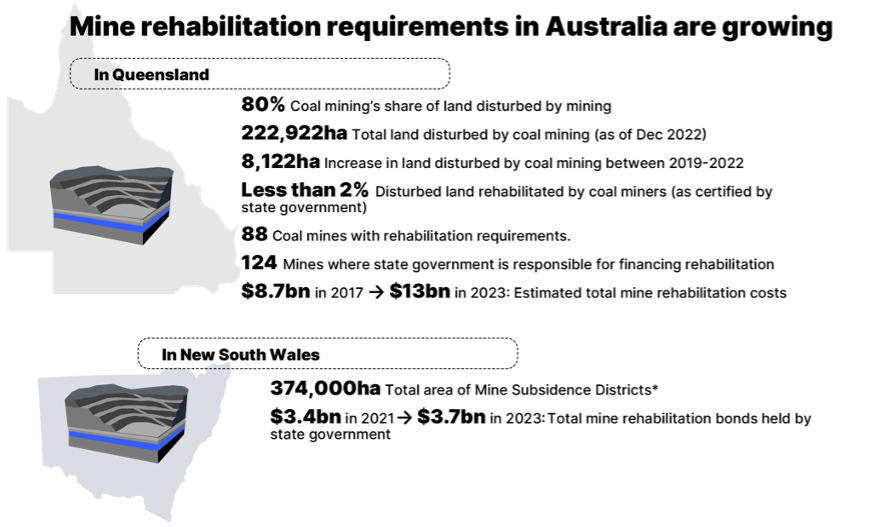Filling the voids: Pumped hydro proposals could see taxpayers financing mine rehabilitation
Download Full Report
View Press Release

Key Findings
Proposals to build pumped hydro energy storage facilities in the voids left after mining pose risks to taxpayers and the environment.
Government should be wary of providing finance for these projects, as this could set a precedent of taxpayers, at least partially, funding mine rehabilitation.
The National Electricity Market (NEM) has little need for the specific storage capabilities these projects would offer, which recent evidence suggests might be delivered more competitively by alternate technologies like batteries.
Australia needs to define a clear policy framework for final voids left after mining, to ensure governments are not liable for potential clean-up or rehabilitation costs.
This report explores the current increase in proposals to install pumped hydro energy storage (PHES) facilities in mine voids. It evaluates the pipeline of PHES proposals in Australian mine sites and analyses the benefits and risks they present. It also examines whether these projects would fulfill the energy storage requirements of the National Electricity Market (NEM), or if other factors may be motivating many of these proposals.
Pumped hydro is increasingly being explored as a rehabilitation option for closed – or soon to close – Australian coal and gold mines. However, IEEFA’s research demonstrates that these projects could entail large costs for taxpayers and pose significant risks for the environment, and that the projected storage requirements for additional pumped hydro schemes in the NEM are low.
Many large open-cut coal mining operations in Australia will leave final voids after they finish mining because they will be too big to backfill. However, it is unclear what the rehabilitation strategies are for these giant holes dotted across the country. Australia does not have a clear strategy or policy on how to provide post-mining uses for these final voids.

Pumped hydro in Australian mine voids is increasingly being proposed as an opportunity to kill two birds with one stone:
- To provide a potential future use for mine voids that fulfills mining companies’ rehabilitation obligations; and
- To increase the amount of energy storage capacity in the NEM.
While pumped hydro projects may be one of few potentially viable post-mining uses suggested for mine voids so far, they present multiple risks that need to be adequately managed.
It has been suggested that by using mines’ existing voids and infrastructure, these pumped hydro schemes could reduce overall construction costs, because they would already have at least one existing hole that could be used as a lower pumped hydro reservoir. However, they entail a range of technical and environmental risks, which could impose additional costs compared with traditional pumped hydro projects.
Mining companies are responsible for financing the rehabilitation of their mine sites, both during mining and after operations cease. If these pumped hydro projects do proceed, it is important that mining operators remain accountable to cover the costs of these developments. Otherwise, governments would be setting a precedent that they will fund mine site rehabilitation, meaning taxpayers would essentially be liable for these costs. Existing pumped hydro developments in Australia have largely been funded by taxpayers and have a history of cost blow-outs and delays.
Pumped hydro projects appear set to play a “firming” role in Australia’s energy system, particularly by providing deep energy storage (more than 12 hours of storage duration). However, the majority of pumped hydro schemes proposed in Australian mine voids are medium-duration projects, projected to provide up to eight hours of storage. For this duration, alternate energy storage technologies may be more competitive.
Batteries are increasingly able to provide eight hours of energy storage, can be built faster and cheaper, and do not have the same large water requirements as pumped hydro technology. Other energy storage technologies that can provide medium or deep energy duration storage – such as compressed air storage, vanadium redox flow batteries, gravitational energy storage and thermal energy storage – are also advancing rapidly.
IEEFA’s analysis of the Australian Energy Market Operator (AEMO)’s Integrated System Plan (ISP) suggests that there is limited need for the pumped hydro schemes being proposed at mine sites. IEEFA argues that if such schemes proceed as a form of mine rehabilitation, they should not be funded by governments, and their risks should be adequately addressed.
Australian governments should establish clearly defined policies defining rehabilitation requirements and options for the management of final voids following mine closures. The policy should set standards and obligations for mining operators for managing the ongoing risks that these structures pose, to ensure taxpayers are not left liable to cover these costs.















